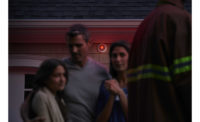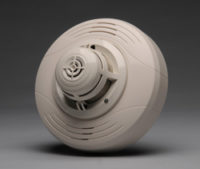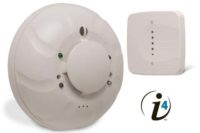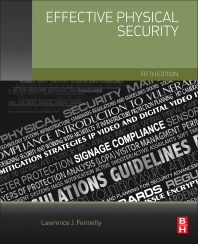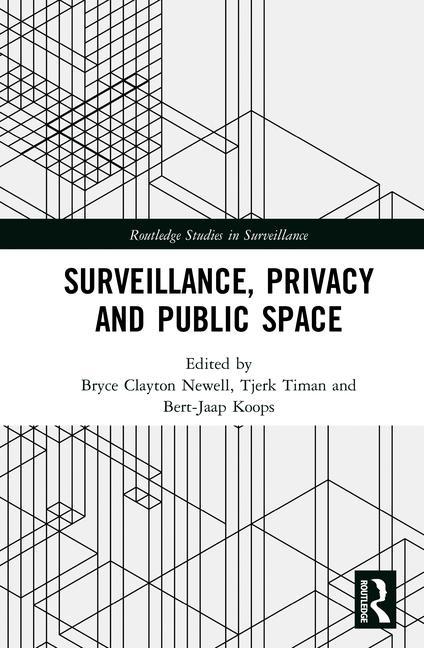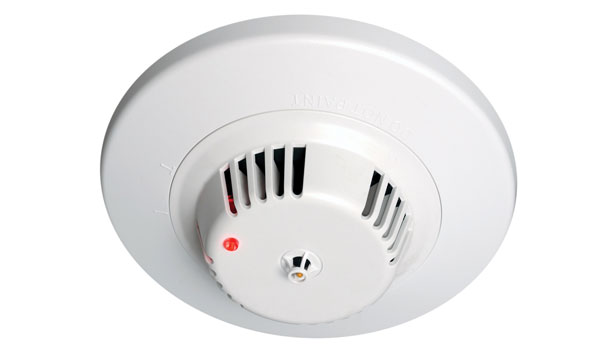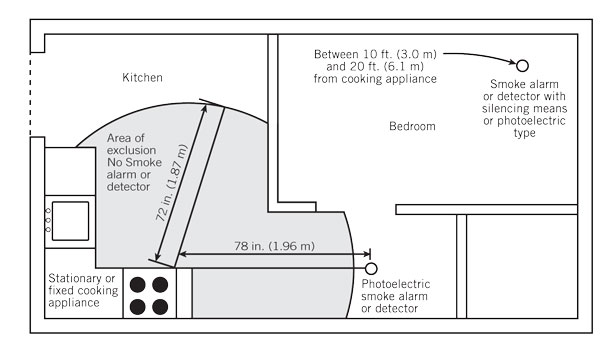Smoke & CO Detector Standards Updated
Here’s a look at recent changes to the NFPA standards for smoke and CO detectors.


Legislation is driving the demand for CO detectors, but it’s not the type of detector typically found at the hardware store that plugs into an outlet. Instead, the market is installing CO detectors that connect to a security system and can be monitored. PHOTO COURTESY OF TYCO




Security dealers that install smoke and carbon monoxide (CO) detectors for the residential market soon will have to meet some new requirements as a result of changes made to the latest National Fire Protection Association (NFPA) standards. The standards involved are the 2010 version of NFPA 72, the National Fire Alarm & Signaling Code, and the 2012 version of NFPA 720, the Standard for the Installation of Carbon Monoxide Detection & Warning Equipment.
In this article, we look at the changes to both of those standards as they impact the residential market. This article does not touch on changes that apply to commercial systems.
As readers may know, it is up to individual authorities having jurisdiction (AHJs) to determine which version of such standards to adopt for their states or municipalities — and in the case of CO detectors, whether to adopt NFPA requirements at all.
According to Richard Roberts, industry affairs manager for Northford, Conn.-based fire equipment manufacturer Honeywell Life Safety, the state of California already adopted the 2010 version of the NFPA 72 fire detection standard. Roberts expects to see other states and municipalities follow California’s lead over the next year or two.
The 2012 edition of the NFPA 720 CO detection standard was published in October 2011. “Over the next year or two, you will start to see some jurisdictions adopt it,” Roberts predicts.
Not every jurisdiction requires CO detectors, but the number of jurisdictions requiring them is on the rise. And Leon Langlais, director of product management for Westfield, Mass.-based Tyco Security Products, notes that it’s a good practice to use CO detection for all residential applications, even where it isn’t a requirement.
“CO is a very treacherous gas,” Langlais observes. “You can’t smell it, and if it happens while people are sleeping they may never know about it” until it is too late.
NFPA 72 Changes
NFPA has an important change that applies to stand-alone smoke alarms that homeowners typically install themselves, as well as to household fire alarm systems that use system-connected smoke detectors such as those that security dealers install.
As Roberts explains, the new rules, included in section 29.8.3.4(4) of the 2010 version of the NFPA 72 standard, state that “smoke alarms and detectors shall not be installed within 10 feet of a stationary or fixed cooking appliance.” There is an exception in cases where “the 10-foot area of exclusion would prohibit the placement of a smoke detection device required by other sections of the standard,” Roberts describes.
He notes, for example, that Section 29.5.1.1 requires a smoke alarm or detector to be installed outside the bedroom. But, he asks, “What if the 10-foot area of exclusion from a cooking appliance is not able to be maintained while meeting this requirement?” In that situation, “the standard permits a photoelectric alarm or detector to be installed as close as six feet to the cooking appliance,” he explains.
Roberts, who is on the committee that develops the NFPA 72 standard, explains the thinking behind the new rule. “Cooking appliances are the leading cause of nuisance alarms, and nuisance alarms are the leading cause of homeowners disconnecting their smoke detector. . . The new provisions were added with the intent of reducing nuisance alarms which ultimately result in homeowners rendering smoke detection inoperative,” he says.
With the same goal in mind, NFPA 72 Version 2010 also adds a requirement that any smoke alarm or smoke detector installed between 10 and 20 feet of a cooking appliance must be either equipped with a means of silencing the alarm or equipped with photoelectric detection. People involved in the standards effort made this choice because ionization detectors are more susceptible to nuisance alarms caused by small particles of combustion from cooking activities, Roberts explains. But because virtually all smoke detectors designed for use in monitored systems use photoelectric detection, that new requirement will have little impact on monitored systems. “I’m unaware of a system-connected ionization smoke detector,” he comments.
CO Detection
The 2012 edition of NFPA 720 eliminates a requirement that was added in the previous version of the standard, which carries the year 2009. “The technical committee accepted a proposal to delete the sensitivity testing requirements for CO detectors,” Roberts explains. The reason for the decision, he says, is that “no data has been provided showing that CO detectors provide a life safety issue due to sensitivity issues.”
All three basic types of CO detectors used in alarm systems — biomimetic, metal oxide semiconductor and electrochemical — have a life span of between six and 10 years, notes Roberts. And UL requirements specify that alarm systems using these detectors must provide an audible end-of-life signal that is different from an audible alarm signal. As Roberts explains, “Typically the end-of-life signal is triggered either by an internal timer or by a self-diagnostic test.”
The people who crafted the 2012 edition of NFPA 720 reasoned that the end-of-life signaling capability and the requirement to replace the sensing element after a certain number of years, combined with a mandatory annual functionality test, should be sufficient to assure that the CO detector is sufficiently sensitive.
It’s important to understand, though, that the 2012 version of NFPA 720 does not eliminate the mandatory annual test of CO detector functionality, which was also introduced in the 2009 edition. In fact, the requirement to conduct a functionality test annually and at the time of installation kicked in January 1, 2012 for areas where the 2009 version of NFPA 720 has been adopted.
The functionality test is conducted by spraying a small amount of CO into the CO sensor. Most manufacturers have redesigned their CO detectors to meet the functionality test requirements and also have made cans of test spray available. As Roberts notes, it’s a good idea for technicians to make sure that any detectors they install are capable of supporting the spray test and to conduct the annual test, even if the local AHJ has not adopted the 2009 or 2012 version of NFPA 720. An electronic check by magnets or buttons is not sufficient to comply with this requirement, Roberts advises.
Another important aspect of the 2012 version of NFPA 720 is a new secondary power supply requirement that builds on requirements originally introduced in the 2009 version. Both versions specify that CO detection systems are required to have sufficient secondary power to operate the system under normal, non-alarm conditions for 24 hours. According to the 2009 version, a central station-monitored system also must be capable of operating all of the notification appliances for 60 minutes in alarm. The 2012 version reduces that requirement to 5 minutes. But for systems that are not monitored, both the 2009 and 2012 versions require sufficient power to operate all notification appliances for 12 hours in alarm after first powering the system under non-alarm conditions for 24 hours.
The 2012 version of NFPA also adds one other important new requirement, which will go into effect January 1, 2015. As Roberts explains, the new requirements involve a 520 Hz tone which has been found more effective than today’s 3 KHz tone for awakening people with hearing loss and alcohol-impaired adults.
Beginning January 1, 2015, the 520 Hz tone will be a requirement for commercial accounts with sleeping areas, such as hotels or nursing homes, Roberts explains. For residential CO detection systems and stand-alone CO alarms the 520 Hz tone “shall be provided voluntarily for those with hearing loss or where required by governing laws or codes,” Roberts concludes.
Looking for a reprint of this article?
From high-res PDFs to custom plaques, order your copy today!



